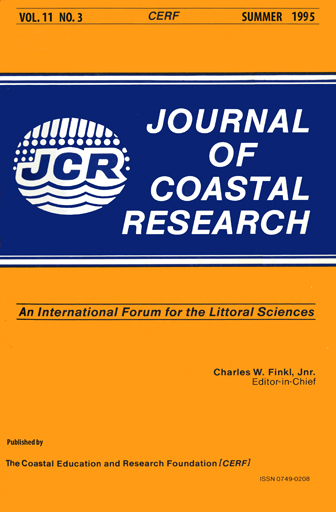Submergence of Wetlands as a Result of Human-Induced Subsidence and Faulting along the upper Texas Gulf Coast
Keywords:
Faults, Galveston Bay, marsh loss, marsh sedimentation, relative sea-level rise, Sabine Lake, subsidence rates.Abstract
Loss of wetlands in the northern Gulf of Mexico has been attributed to numerous processes and is of continuing concern. This paper synthesizes and examines the distribution and extent of wetland losses along the upper Texas coast in relation to subsidence and faulting associated with underground fluid production. Since the 1930's, these processes have been of primary importance along the upper Texas coast, contributing to the conversion of thousands of hectares of vegetated coastal wetlands to either open water or shallow subaqueous flats. Relatively large wetland losses have occurred in salt, brackish, and fresh marshes and woodlands in the Galveston Bay and Sabine Lake estuarine systems on the upper Texas coast. Throughout Galveston Bay, approximately 10,700ha of wetland habitat has been permanently inundated, with major losses occurring on the north and west sides of the bay system, including 3,600 ha in fluvial-deltaic areas along the San Jacinto and Trinity Rivers. More than 5,000 ha of vegetated wetlands have been submerged along the lower reaches of the Neches River since the 1950's. Although many processes or activities can lead to loss of wetlands, there is evidence that the major contributing factor in this change along the upper Texas coast is human-induced subsidence caused by ground-water withdrawal. In addition, submergence of wetlands in some areas is associated with more localized faulting and subsidence apparently related to hydrocarbon production. Human-induced subsidence and faulting accelerate rates of relative sea-level rise so they greatly exceed rates of wetland vertical accretion. In fluvial-deltaic areas, where there is the potential for fluvial sediment deposition to offset submergence, upstream dams and reservoirs trap sediments and prevent their delivery to coastal wetlands. Although rates of submergence and wetland loss generally increased from the 1930's to 1980's, rates have declined in some areas since the 1970's, a trend that possibly tracks diminishing rates of human-induced subsidence.


